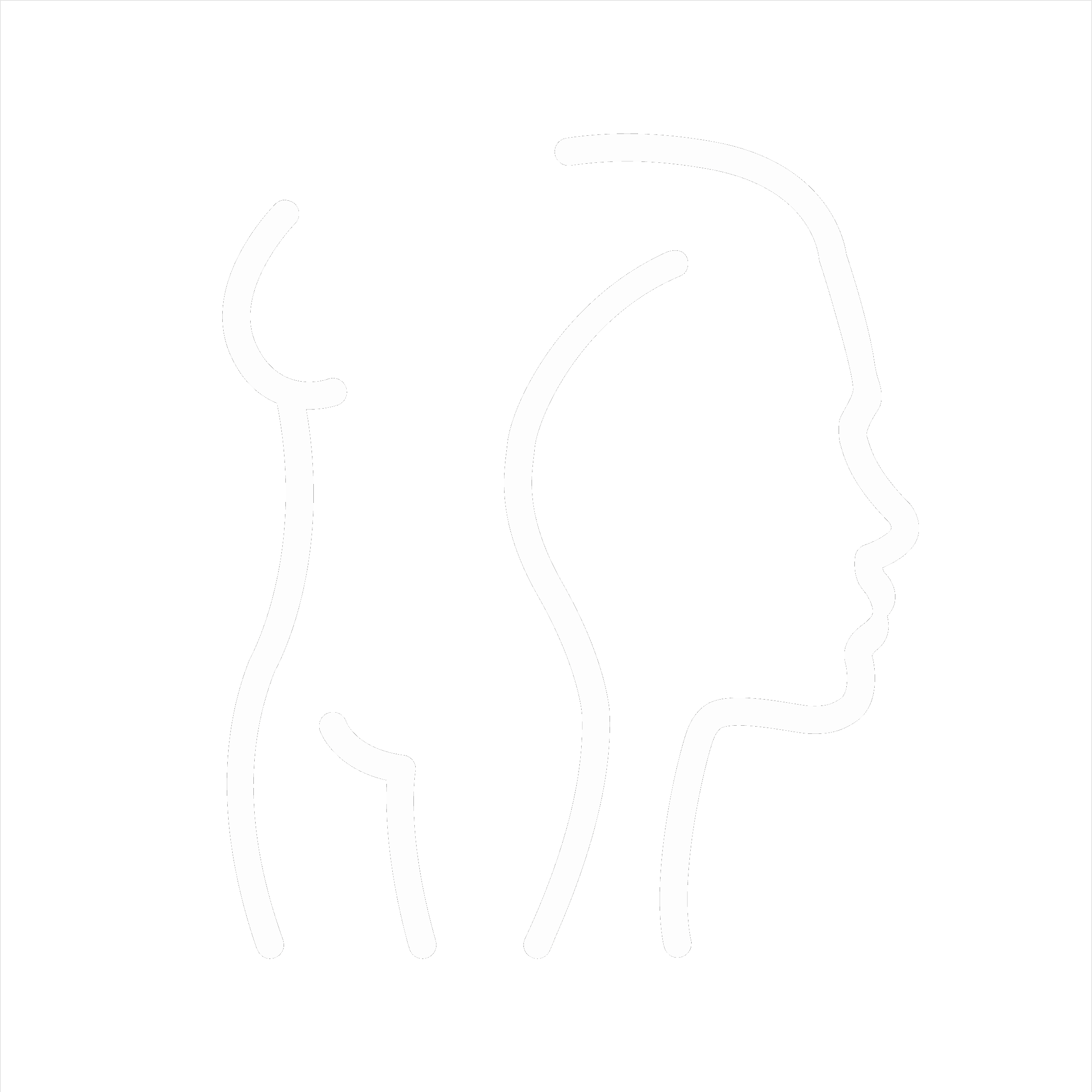Breast reduction
A breast reduction is a surgical procedure under general anesthesia in which a woman's breasts are reduced by removing fat, skin and glandular tissue.
Breasts that are too large (breast hypertrophy) are not only aesthetically disturbing, but can also cause enormous physical hindrance in daily life, e.g. during sports, and lead to severe neck and back pain. A breast reduction can also offer a solution if there is a pronounced breast asymmetry. This rewarding procedure has been performed more and more in recent years and offers many women an enormous improvement in their quality of life and self-image.
The size and position of the scars depends on how much tissue needs to be removed, this will be discussed during the consultation. By performing liposuction on the flanks, the result can be optimized in certain cases.
In case of an extensive reduction, wound drains can be left for a few days to drain the remaining wound fluid. These will be cared for daily by the home nurse until they can be removed.
Preparation
- You must be fasting for this procedure under general anaesthetic.
- Timely smoking cessation is very important to prevent wound healing problems.
- When taking blood thinners, you should stop them in time. Be sure to discuss this with the surgeon during the consultation.
Postoperative course
- You should wear a sports bra for several weeks to optimize the result.
- You are not allowed to make any strenuous (sporting) efforts for 6 weeks.
- It is very important to mobilize as soon as possible after the procedure (within the pain limits), in order to prevent thrombosis, among other things.
Possible complications
As with any surgery, this procedure carries a risk of bleeding, infection or impaired wound healing. After a breast lift, the sensation at the level of the nipple may have changed, depending on the innervation, the size of the reduction and differs from patient to patient. It may also be that breastfeeding is no longer possible, this also differs from patient to patient.



